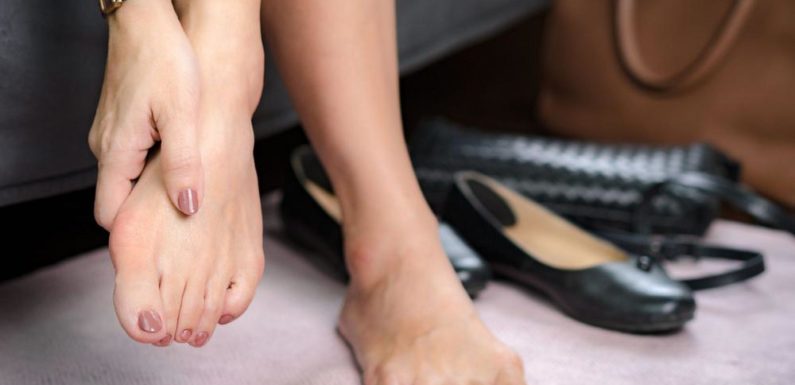
Surgery is typically recommended for ingrown toenails that are recurrent, severe, or have developed complications such as infection or abscess formation. If conservative treatments have failed to alleviate the problem, or if you experience chronic pain, swelling, or difficulty walking due to the ingrown toenail, surgical intervention may be the most effective solution.
Ingrown toenails can cause significant discomfort and pain, impacting one’s ability to walk and perform daily activities. While conservative treatments such as soaking the affected toe in warm water or using antibiotic creams can provide temporary relief, some cases may require surgical intervention. In this comprehensive guide, it will explore everything you need to know about surgery for ingrown toenails, including when it is necessary, the procedure itself, and post-operative care.
The Surgical Procedure:
Partial Nail Avulsion (PNA):
The most common surgical technique for ingrown toenails is a partial nail avulsion. It involves the removal of a portion of the affected toenail to alleviate pressure and allow the nail to grow properly. Local anesthesia is administered to numb the toe before the procedure. The surgeon carefully trims or removes the ingrown section of the nail, often ensuring that it will not regrow. In some cases, a chemical or laser cauterization may be used to prevent regrowth.
Total Nail Avulsion (TNA):
Total nail avulsion is reserved for severe cases or when the ingrown toenail is recurring. The entire nail is removed, including the root, to prevent future occurrences. TNA may be recommended if the ingrown toenail is caused by a structural abnormality or underlying condition.
Before opting for surgery, it is advisable to consult with a qualified podiatrist or foot specialist. They will assess the severity of your ingrown toenail, evaluate your overall health, and determine if surgery is the best course of action.
Post-Operative Care:
Dressing and Bandaging:
The toe may be covered with a sterile dressing or bandage after the surgery. It is crucial to keep the area clean and dry, changing the dressing as directed by your healthcare provider.
Restricted Activities:
Engage in limited physical activities and avoid putting excessive pressure on the affected toe. This helps prevent complications and allows the toe to heal properly.
Follow-Up Visits:
Regular follow-up appointments with your healthcare provider are essential to monitor the healing process and address any concerns or complications that may arise.
surgery for ingrown toenails is a viable option for cases that do not respond to conservative treatments or present complications. Partial or total nail avulsion procedures can provide long-term relief by addressing the underlying cause of the ingrown toenail. Adhering to proper post-operative care instructions and attending follow-up appointments are crucial for a successful recovery. If you are experiencing chronic ingrown toenail issues, consult with a qualified healthcare professional who can assess your condition and recommend the most appropriate treatment, including surgical intervention if necessary.

